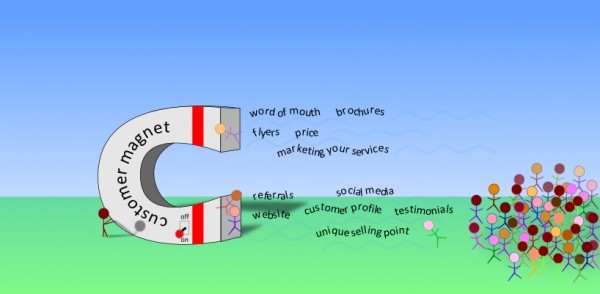20% of your work tasks produce 80% of results for the day, month, year. I am talking about clearing the decks of those 20% of clients who cause you no end of problems so that you can take on more of theright type of clients. And that is essentially what I want to talk about in this post.

On the what does character foil mean other, Student B blocked out all distractions and focused on studies for a few hours. As a result, student B received 80% of the results after putting in just 20% of the effort. Italian economist Vilfredo Pareto introduced the rule in 1906 after finding that 20% of the population own 80% of the land and wealth in the nation. Welfare economics focuses on finding the optimal allocation of economic resources, goods, and income to best improve the overall good of society.
- You can’t give everything equal attention all of the time as a business owner, department boss, or C-suite executive.
- It’ll allow you to save time and focus on things that matter.
- As a result, your efforts should be concentrated on the 20% of clients that generate the most sales.
- Jolene uses the 80/20 rule to identify which 25% of her daily tasks make up 75% of her week’s work.
Angering one’s best customers and taking them for granted is not a smart business move. You could also streamline value flow by prioritizing the 20% of products that result in 80% of your revenue. By focusing on the products that bring the most revenue into your company, you can be sure your time is spent wisely when the times call for tightening down and running a leaner operation. For example, you might notice that products coming out of a certain workstation have more defects than ones coming from other stations. That should tell you that it’s a good place to start applying your efforts, rather than trying to implement a standard fix across all workstations.
That is an example of the 80/20 rule gone wrong, and it is detrimental to the company. Known as the Pareto Principle or Pareto Law, the rule signifies the importance of 20% of inputs or activities in yielding 80% of outputs or results. It commonly applies to wealth distribution, quality control, time management, budgeting, personal relationships, goal-setting, etc. Whether it is business or personal life, everyone wants to achieve the maximum while making consistent efforts toward their core activities. While it is not always possible to dedicate too much time or utilize all of the resources, it is wise to concentrate on the most productive inputs to get the desired result. The rule observes that 20% of efforts are responsible for 80% of outcomes for any given event or circumstance.
Curate Awesome Content
The rule is also known as the Pareto principle and is applied in Pareto analysis. It was first used in macroeconomics to describe the distribution of wealth in Italy in the early 20th century. It was introduced in 1906 by Italian economist Vilfredo Pareto, who is best known for the concepts of Pareto efficiency.
Increase Website Traffic
He cut the bottom-performing 75 products and then developed five new products that were similar to his best performers. Pareto put his name on the map because he noticed that the dynamic didn’t end in his garden. The more he looked around, the more the principle seemed to pop up. For example, he found that roughly 80 per cent of the land in Italy was owned by just about 20 percent of the country’s population.
Applying The Pareto Analysis
Third, if you treat people as if they don’t matter that much, you may well end up with an organization where they don’t. So your brilliance in following the rules is self-fulfilling. If 80 percent of the results come from 20 percent of the people, then shouldn’t 80 percent of the results from the top 20 percent of the company come from 4 percent?
Inventory control is important to deliver the right products to your customers whenever they want them. Many of our customers have made pursuing an 80/20 strategy a priority. For one company, it means separating manufacturing lines and equipment for OEM and standard optics. When you engage in marketing efforts, you can analyze your channels to find out where the bulk of your results are already coming from. This is an area where your judgment as a business owner ought to be informed, not controlled, by the Pareto principle.
Time Management Tactics To Help You Stick To The Pareto Principle
Find out which 20 percent of your products are contributing to 80% of sales or profits. Keep improving on the marketing, sales, and development of these products. You can amplify the sales of these products to get better profitability. That is not to say that the other 80% of the population is ignored.
